Green Mountain Scenic Byway Native Garden
Welcome to our Green Mountain Scenic Byway demonstration garden made possible through the Florida Wildflower Foundation Viva Florida grant.
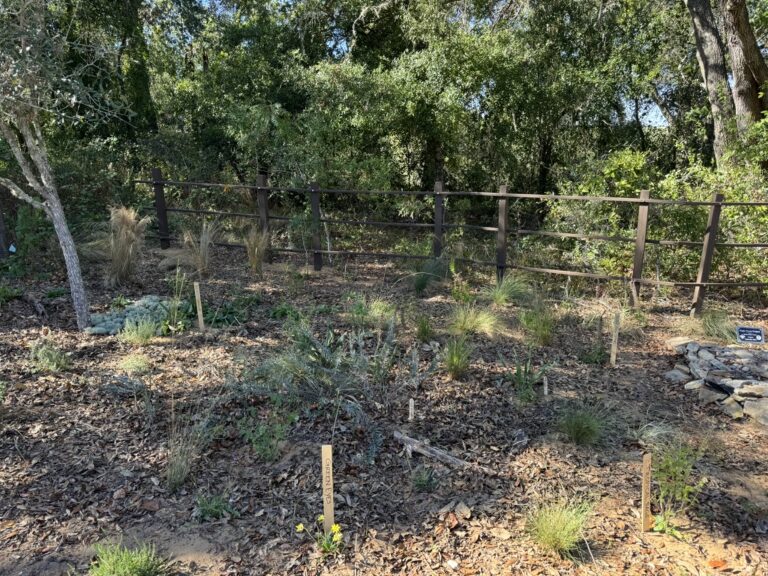
Welcome to our Green Mountain Scenic Byway demonstration garden made possible through the Florida Wildflower Foundation Viva Florida grant.
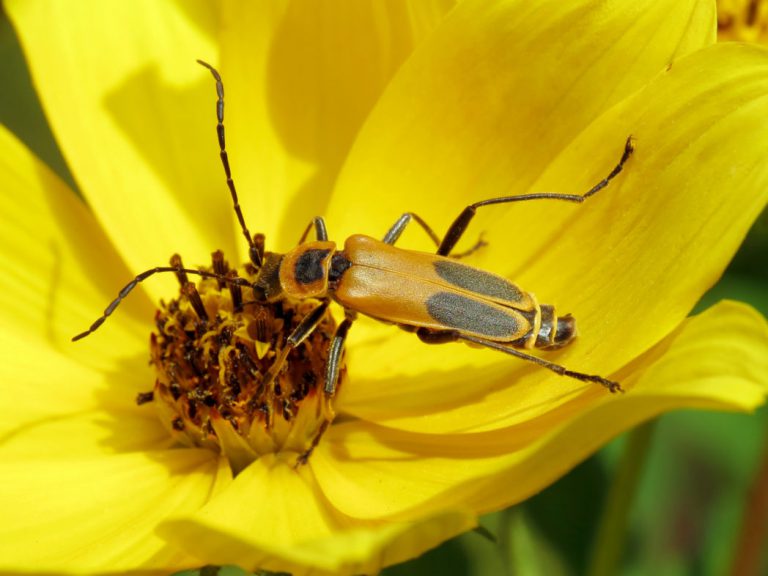
Goldenrod soldier beetles ( Chauliognathus pensylvanicus) are pollinators and predators of pesky garden pests. They are found throughout Florida and most of the United States.
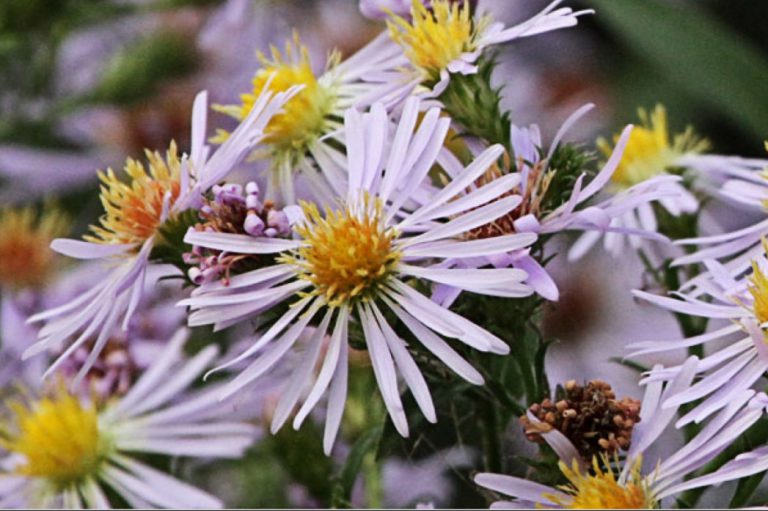
In cooler climates, fall is when “leaf peepers” hit the road to view red-, yellow- and orange-leaved trees. Here in Florida, fall color means wildflowers.
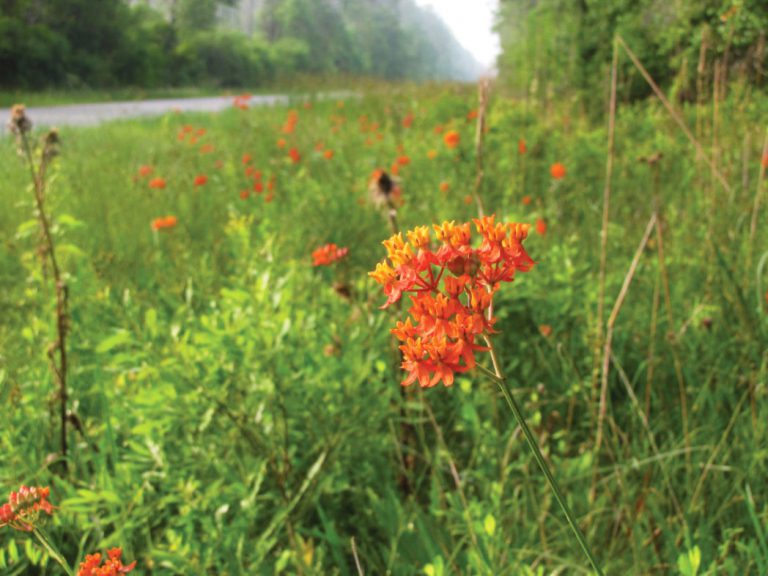
Spring and fall wildflowers can be spectacular with a plethora of yellow and purple flowers, but summer seems to offer a wider diversity of colorful, showy wildflowers along roadsides.
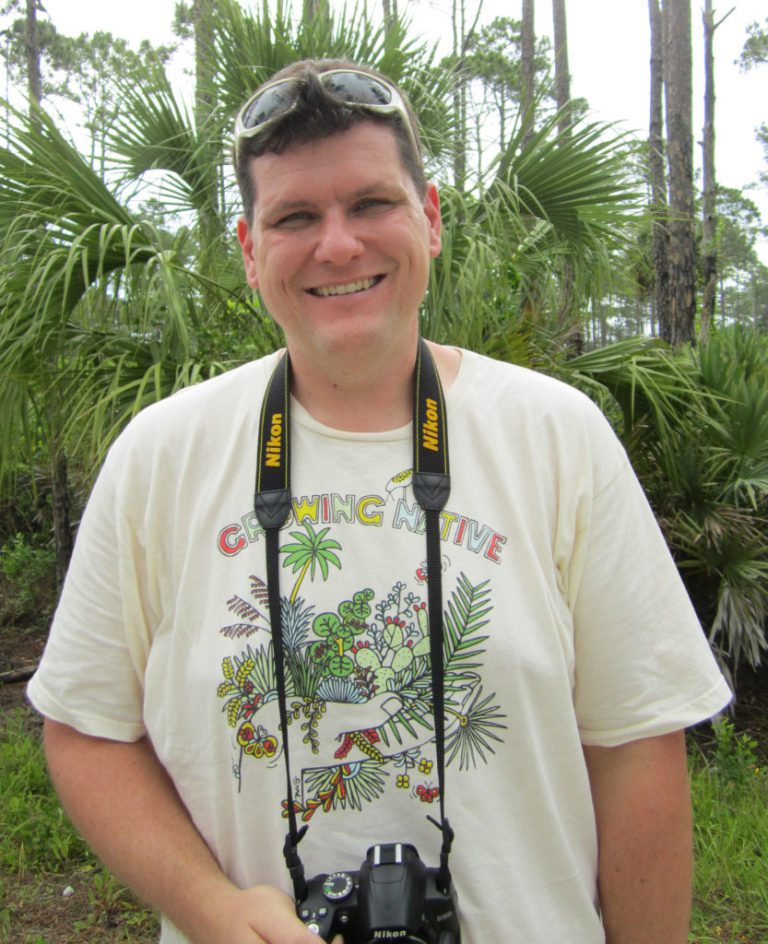
FWF member Chris Waltz is known to many in native plant circles because of the supporting role he plays in conferences and other events. Here is what Chris has to say about his involvement with the Florida Wildflower Foundation.
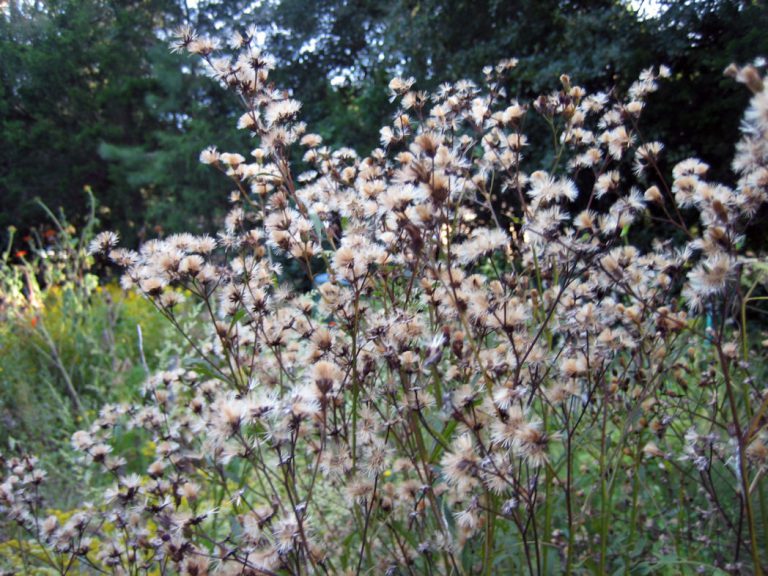
As you return to the garden after the last two months of unbearable heat, biting bugs and sweat, you’ll probably encounter a lot of overgrown stems. Cut those back to their base to freshen up the plant for winter.

This bloom report is from spring 2015. In the Apalachicola National Forest, drive County Road 375 (Smith Creek Road) from SR 20 in Leon County to Sopchoppy in Wakulla County to see stately purple lady lupine in sandy soil and a variety of carnivorous plants.
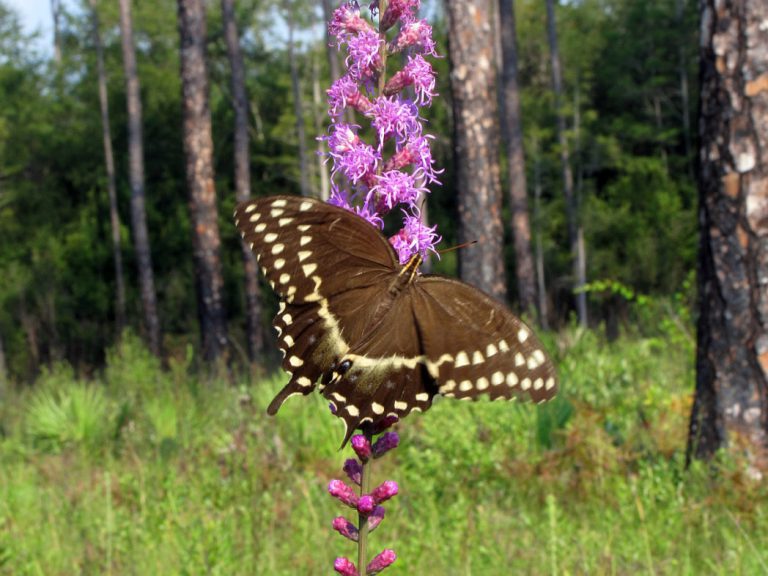
Pollinators and the native plants that support them have come to the forefront this year. The showiest of the pollinators are the butterflies, which often are seen flitting around native wildflowers.
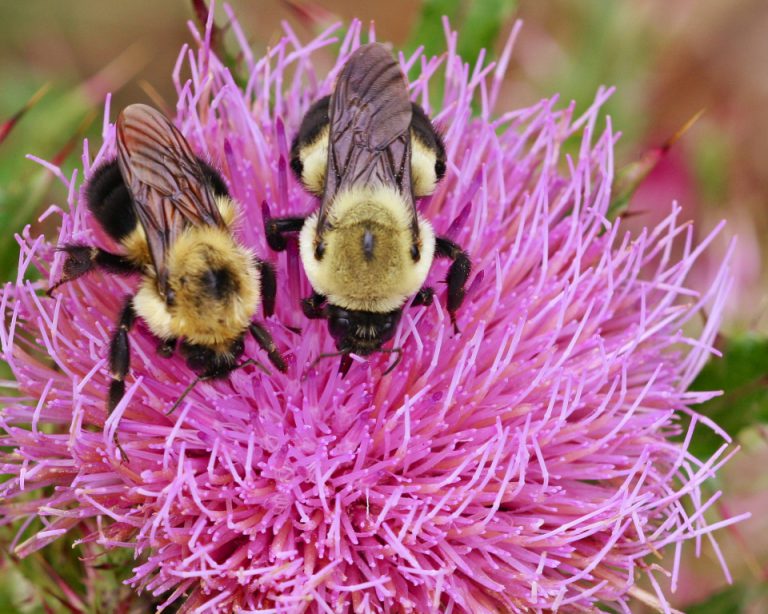
Bumble bees are very efficient pollinators because they “buzz pollinate.” The bee grabs onto a flower and vibrates its flight muscles but not its wings. This causes the flower to release its pollen.
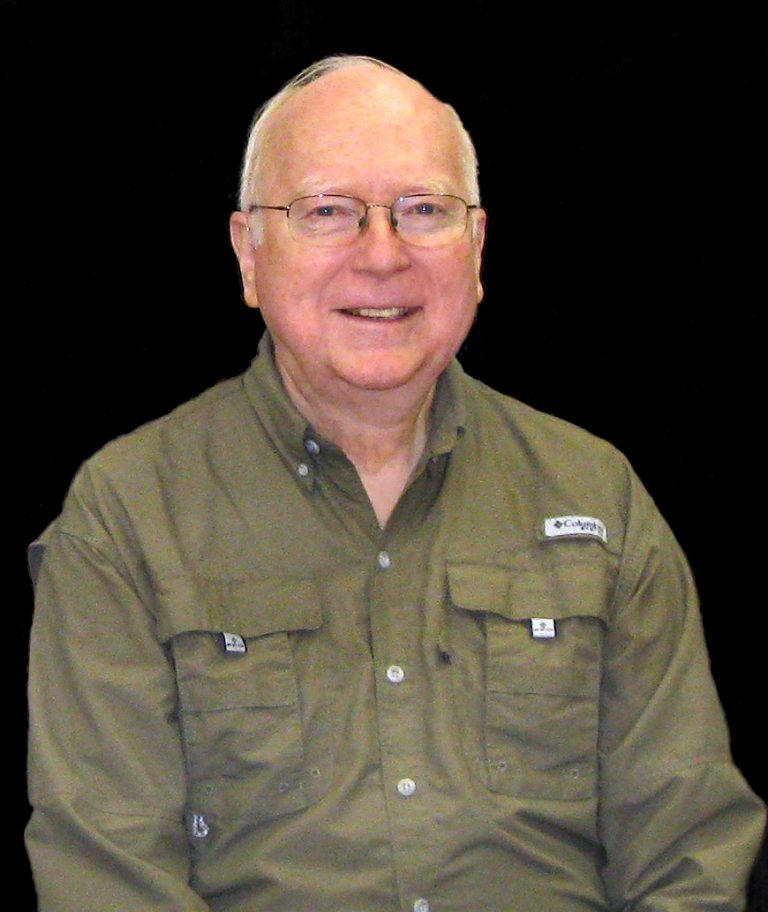
Dr. Loran Anderson is a professor emeritus in the department of biological science at Florida State University in Tallahassee. His research has focused on plant taxonomy and systematics in the Florida Panhandle and elsewhere.
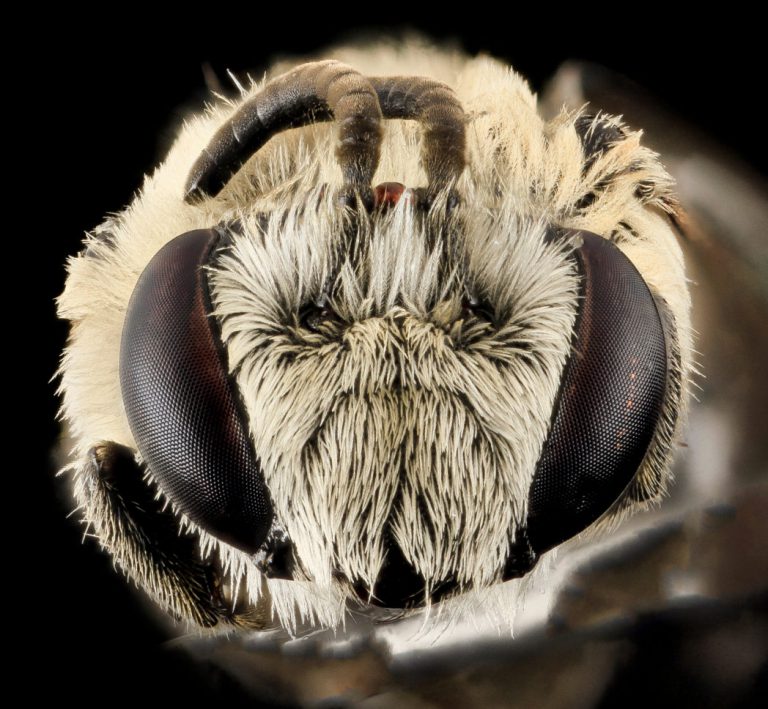
Colletids are one of the smaller bee families in Florida, but are diverse in size and appearance. They’re named for the unique cellophane-like substance that many females secrete to line the walls of their nest cells.
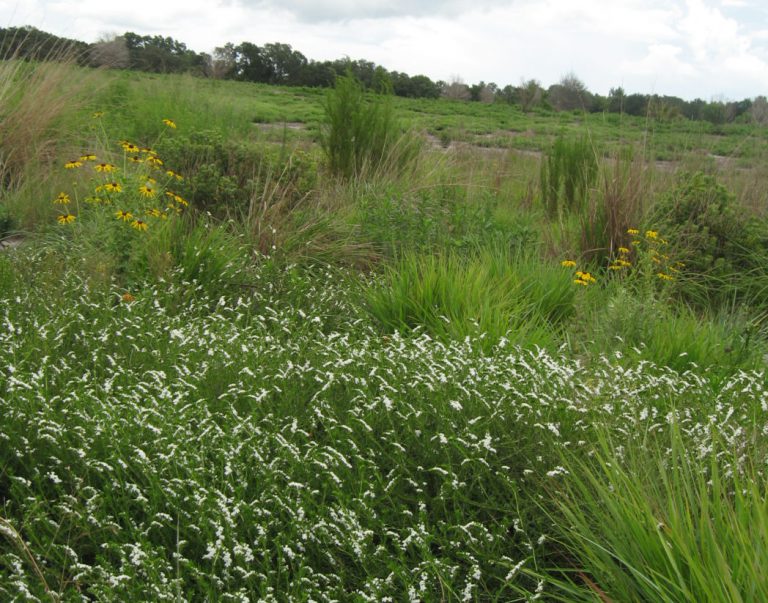
Central Florida gardeners have another location to see and explore native wildflowers and grasses. In 2017, a no-mow wildflower meadow was installed at the Orange County UF/IFAS Extension’s Exploration Gardens in Orlando, funded by the Viva Florida Landscape Demonstration Garden grant.